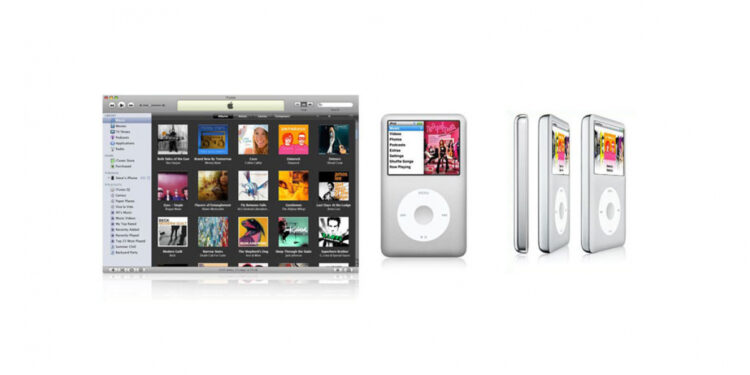In the early 2000s, Apple Inc. introduced two groundbreaking products that would forever change the way people listen to music: iTunes and the iPod. These innovations not only revolutionized the music industry but also transformed the entire digital landscape, setting the stage for the modern era of portable entertainment.
iTunes: The Digital Music Hub
Launched in 2001, iTunes was Apple’s digital media player software that quickly became the go-to platform for purchasing, organizing, and playing music. Prior to iTunes, the music industry primarily relied on physical formats like CDs, cassettes, and vinyl records. iTunes marked a shift towards digital distribution, allowing users to buy and download individual songs or entire albums with just a few clicks.
One of the key features of iTunes was its seamless integration with the iTunes Store, Apple’s online marketplace for digital music. This approach not only provided a legal and convenient way for users to access a vast library of music but also became a significant revenue stream for artists and the music industry as a whole.
iTunes also introduced the concept of playlists, enabling users to create personalized collections of their favorite songs. The software’s user-friendly interface and intuitive design made it easy for even non-tech-savvy individuals to manage and enjoy their digital music libraries.
iPod: Portable Music Revolution
Released in 2001 alongside iTunes, the iPod was a sleek and compact portable media player that changed the way people listened to music on the go. With its iconic scroll wheel and minimalist design, the iPod quickly became a cultural phenomenon. It allowed users to carry thousands of songs in their pockets, freeing them from the constraints of bulky CD players and limited cassette tapes.
The iPod’s success was not only due to its sleek design but also its seamless integration with iTunes. Users could easily sync their music libraries between their computers and iPods, ensuring they always had their favorite tunes at their fingertips. The introduction of various iPod models, including the iPod Mini, iPod Nano, and iPod Touch, expanded the product line to cater to different preferences and needs.
Together, iTunes and iPod created a symbiotic ecosystem that disrupted traditional music distribution models. The convenience of digital downloads, coupled with the portability of the iPod, transformed how people consumed music, making it more accessible and personalized than ever before.
While the landscape of digital music has evolved since the heyday of iTunes and iPod, their impact remains undeniable. The legacy of these products is evident in the streaming services and portable devices that dominate the current music consumption landscape, showcasing the enduring influence of Apple’s early foray into the digital music revolution.
newshub


Recent Comments